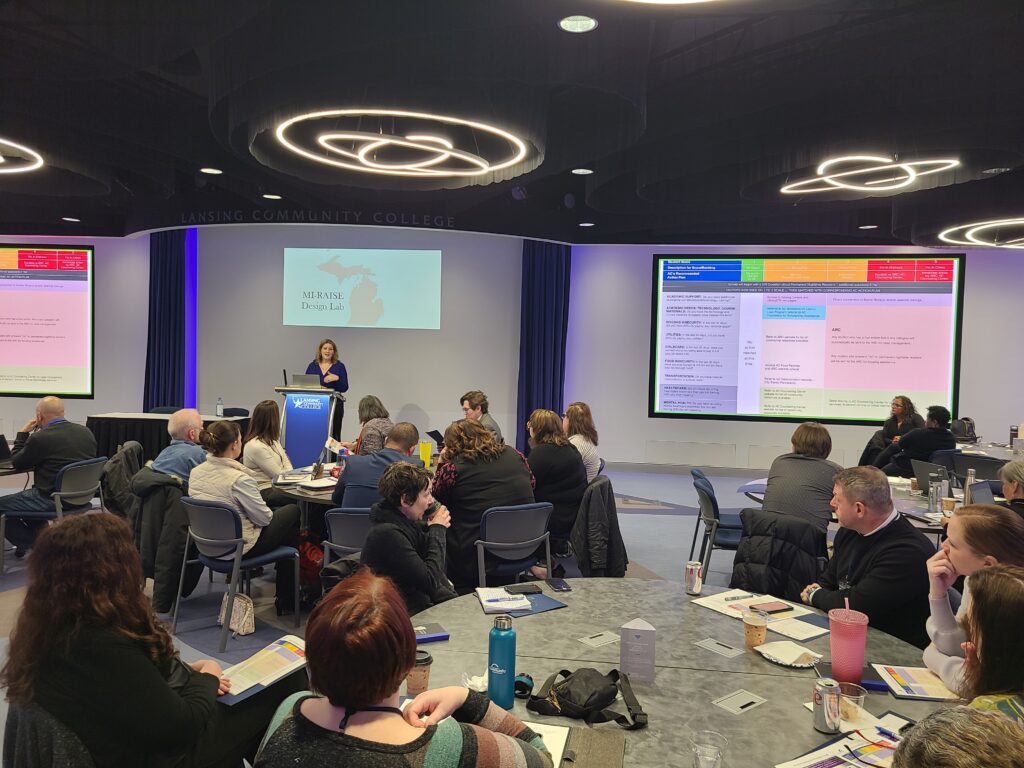A recent headline from Axios declared what might appear to be good news for employers: “The Great Resignation is over, quit rates return to pre-pandemic levels.”
The news outlet was one of several that cited data from the U.S. Labor Department’s Job Openings and Labor Turnover Survey, which reported quit rates of 2.4% in April. That’s roughly in line with average quit rates in 2019 – before the pandemic threw labor markets into disarray – and shows a decline from the 3% peak in April 2022.
Others came to the same conclusion as Axios. CNBC reported that the data indicates “the great resignation – a trend that defined the pandemic-era labor market – seems to be over.” Even the professor credited with the term, Anthony Klotz of University College London, told Bloomberg: “The numbers are pretty clear that the Great Resignation is done or in its twilight across most industries.”
What’s Really Happening?
Indeed, here in Michigan, the quit rate appears to have leveled off (at 2.2%, the same as in February 2020). However, the Labor Force Participation Rate is still down by 1.4%. That equates to about 72,000 more people opting out of the workforce. (Open the graph below in a new tab to see the details.)

And that historic decline in the Labor Force Participation Rate – detailed in TalentFirst’s landmark study on Michigan’s Shrinking Workforce – remains the core reason that employers still have too many openings and not enough skilled workers to fill them. The job-seeker per job opening rate in Michigan was 0.8 as of March 2023, worse than we saw in February 2020, when the rate was 0.9.
On the one hand, some economists – including Klotz – credit the decline in resignations to employer efforts to retain workers, such as increasing pay and offering flexible schedules.
But others cite inflation for helping to cool resignations – more people putting their quitting plans on hold until they have another opportunity lined up. This highlights the cyclical correlation between high resignation rates and inflation: Studies show that periods of high quit rates often precede rising inflation, as employers compete to hire or retain workers.
What We Can Do
Through the work of TalentFirst’s CEO Council and recently formed HR Council, West Michigan employers are at the forefront of strategies to attract, develop and retain high-quality talent in the face of the multiple challenges our state faces.
This includes advocating for reforms to policies that create disincentives to work. We also must cultivate inclusive environments so everyone is welcome and has the opportunity to succeed.
The strategies outlined in TalentFirst’s popular Talent Solutions Playbook (PDF) detail practical actions employers can take to attract and retain the workers they need. We once again will be diving into these strategies with more Talent Solutions Series events later in 2023.
It’s also critical that we work to ensure our existing workforce has the education and skills it needs to succeed. That’s why we have led efforts to improve early literacy and called for reforms to the state’s approach to adult foundational education, which reaches only a fraction of the need. And it is why we recently launched the Michigan Center for Adult College Success, the state’s primary resource for increasing adult enrollment and completion of credentials.
We also are longstanding advocates for K-12 education, knowing we have a generational obligation to ensure our children are prepared to succeed in a rapidly changing work environment.
Although the data about resignations is encouraging, Michigan clearly faces a more complicated set of challenges. Overcoming all of them will require sustained commitment on multiple fronts – and in that regard, we can’t afford to quit.


